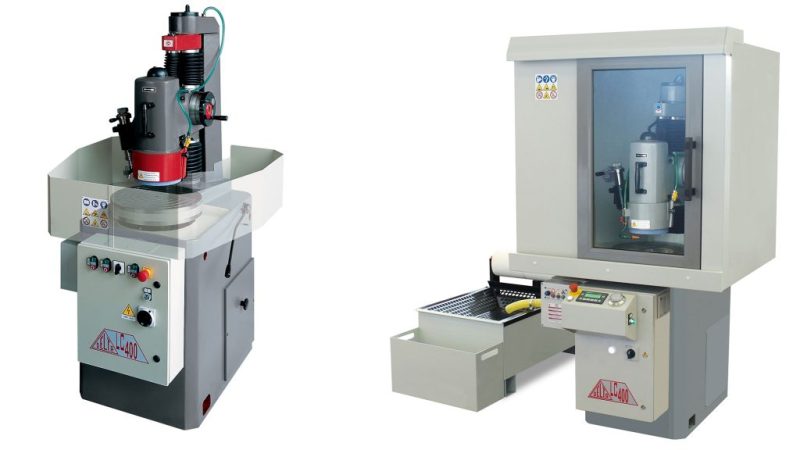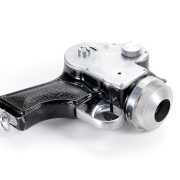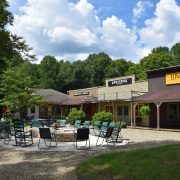If you work with metal, wood, or stone, you know the importance of having a sturdy and reliable table for grinder tasks. A grinder produces sparks, vibrations, and heavy pressure, making it essential to have a stable workstation.
Whether you’re using a bench grinder, angle grinder, or industrial grinder, the right table ensures safety, precision, and durability in your work. In this guide, we’ll explore the best tables for grinders, their features, and how to choose one for your workshop.
What Is a Grinder Table?
A table for grinder is a dedicated surface or stand designed to support grinding equipment. It serves several purposes:
- Provides stability for heavy-duty grinding.
- Offers fire-resistant surfaces for sparks and heat.
- Organizes tools and accessories.
- Enhances precision by minimizing vibration.
Grinder tables are essential in welding shops, woodworking studios, and metal fabrication workshops.
Why You Need a Proper Table for Grinder
Using a grinder without a suitable table can lead to:
- Unstable grinding and uneven finishes.
- Increased safety risks from sparks or machine movement.
- Work fatigue due to poor ergonomic setup.
A well-designed grinder table provides:
- Safety – fireproof materials and stable support.
- Durability – withstands constant pressure.
- Efficiency – organized workspace with tool storage.
Types of Tables for Grinders
Bench Grinder Tables
- Designed for stationary bench grinders.
- Heavy-duty with mounting holes for permanent setup.
- Ideal for sharpening tools, grinding metal, and polishing.
Welding Grinder Tables
- Made with fire-resistant steel surfaces.
- Feature slats or holes for clamping materials.
- Useful for grinding weld seams and preparing surfaces.
Angle Grinder Tables
- Adjustable worktables that hold materials for angle grinder use.
- Often include clamps or vices.
- Great for cutting, shaping, or polishing projects.
Portable Grinder Tables
- Lightweight and foldable.
- Perfect for mobile work or small workshops.
- Best for DIY enthusiasts.
DIY Grinder Tables
- Custom-built tables made from steel, wood, or recycled materials.
- Tailored to your workspace and tool requirements.
Materials Used in Grinder Tables
The material of the table determines its strength, safety, and longevity.
- Steel Tables: Fire-resistant, heavy-duty, and durable. Best for welding and metalwork.
- Cast Iron Tables: Extremely strong but heavy. Often used in industrial grinder setups.
- Wooden Tables: Budget-friendly but less resistant to sparks and fire. Must be reinforced.
- Composite/Hybrid Tables: Combine steel tops with wood or plastic storage areas.
For heavy grinding, steel tables are the gold standard.
Key Features to Look for in a Table for Grinder
When buying or building a grinder table, consider these features:
- Stability: Thick legs, anti-vibration pads, and solid welding.
- Surface Size: Enough workspace for materials and accessories.
- Mounting Options: Holes or brackets for securing grinders.
- Heat Resistance: Metal surfaces withstand sparks and friction.
- Storage: Drawers or shelves for tools, wheels, and safety gear.
- Height Adjustability: Ergonomic setup reduces fatigue.
- Mobility: Lockable caster wheels for easy movement.
Safety Considerations for Grinder Tables
Safety is paramount when using grinders. A proper grinder table should:
- Be placed in a well-ventilated area.
- Include a spark guard or backplate.
- Be built from fireproof materials.
- Provide secure mounting for grinders.
- Be positioned at the right ergonomic height to reduce strain.
Always pair your grinder table setup with PPE like safety goggles, gloves, and dust masks.
Setting Up a Grinder Table in Your Workshop
A grinder table should be positioned:
- Against a solid wall for stability.
- Away from flammable materials.
- Near power outlets for easy access.
- With sufficient lighting to ensure precision.
For professional shops, multiple grinder tables may be arranged in a workflow line for grinding, sanding, and polishing.
Maintenance of Grinder Tables
To extend the life of your grinder table:
- Clean regularly – remove dust, sparks, and debris.
- Inspect bolts and mounts – tighten if loose.
- Oil metal surfaces to prevent rust.
- Replace worn parts like clamps or wheels.
Well-maintained tables ensure consistent performance and safety.
Buying Guide: Best Tables for Grinders
When shopping for a grinder table, consider:
- Budget: Ranges from $100 (basic) to $1000+ (industrial).
- Brand reputation: Popular brands include Strong Hand Tools, Hobart, and Eastwood.
- Purpose: Light DIY vs heavy industrial use.
- Size and weight capacity: Match with your grinder type.
DIY vs Store-Bought Grinder Tables
DIY Tables
- Customizable to your workspace.
- Cheaper if using recycled materials.
- Requires welding or carpentry skills.
Store-Bought Tables
- Ready-made with professional finish.
- Tested for safety and durability.
- More expensive but reliable.
If you have the skills, a DIY grinder table can save money, but store-bought options provide guaranteed stability and safety.
Best Practices for Grinder Table Use
- Always clamp workpieces securely.
- Keep the surface clear of clutter.
- Use spark guards and protective screens.
- Maintain proper posture while working.
- Store grinder accessories in designated drawers.
Conclusion
A table for grinder is more than just furniture—it’s the foundation of a safe, efficient, and productive workshop. From bench grinder stands to heavy-duty welding tables, choosing the right table ensures stability, safety, and comfort.
Whether you buy a professional-grade grinder table or build your own, investing in a proper setup will enhance your precision, efficiency, and overall work quality.
FAQs
1. Can I use a regular table for a grinder?
Not recommended. Regular tables may not handle vibrations, sparks, or weight safely.
2. What material is best for grinder tables?
Steel or cast iron are the best choices for safety and durability.
3. Do grinder tables come with tool storage?
Many models include drawers or shelves for accessories.
4. How tall should a grinder table be?
Typically 36–40 inches, depending on user height and comfort.
5. Can I build my own grinder table?
Yes, with proper materials (preferably steel) and safe construction techniques.
Also read: Heated Wood Floor: Complete Guide to Warm and Comfortable Living









